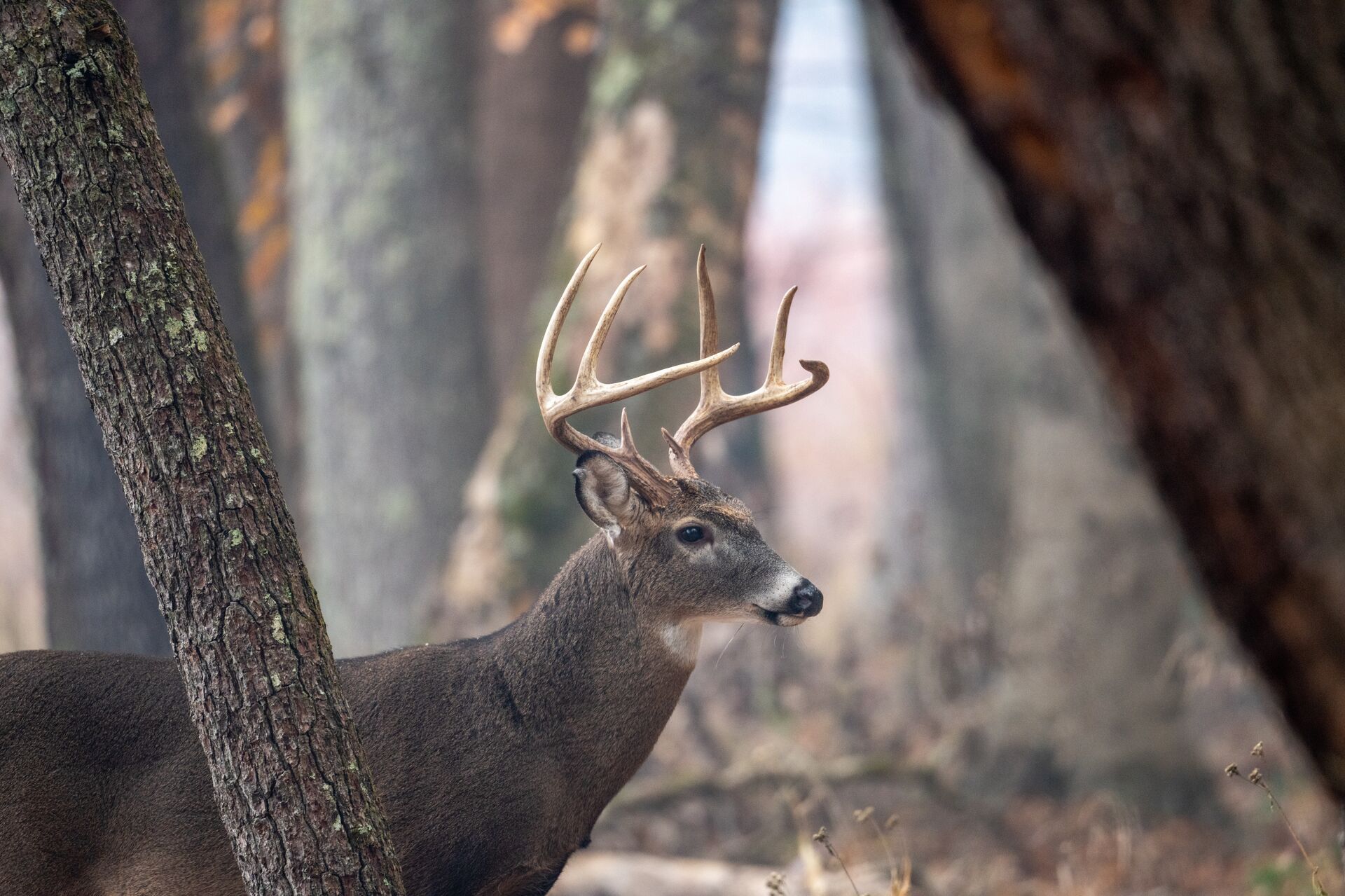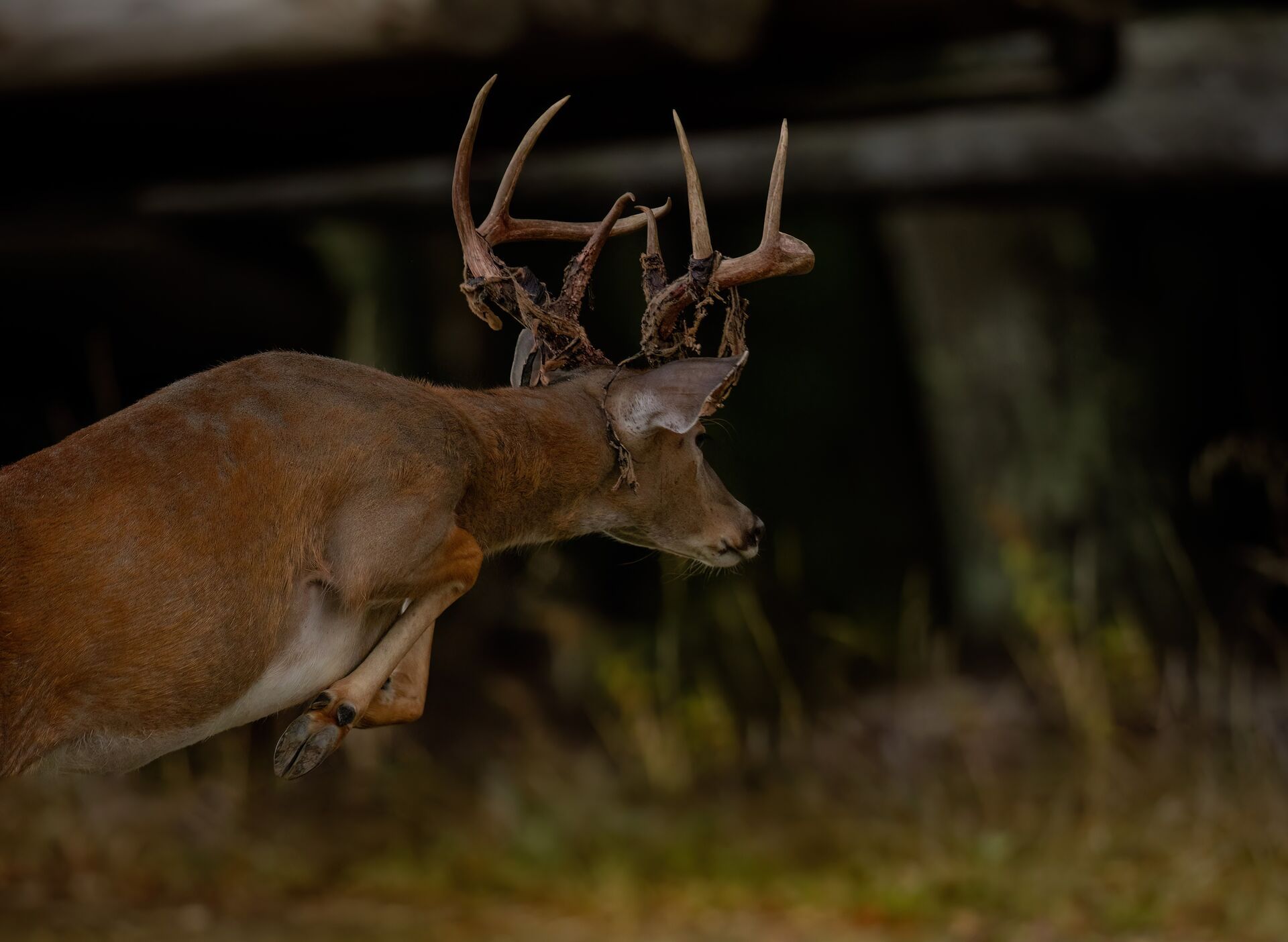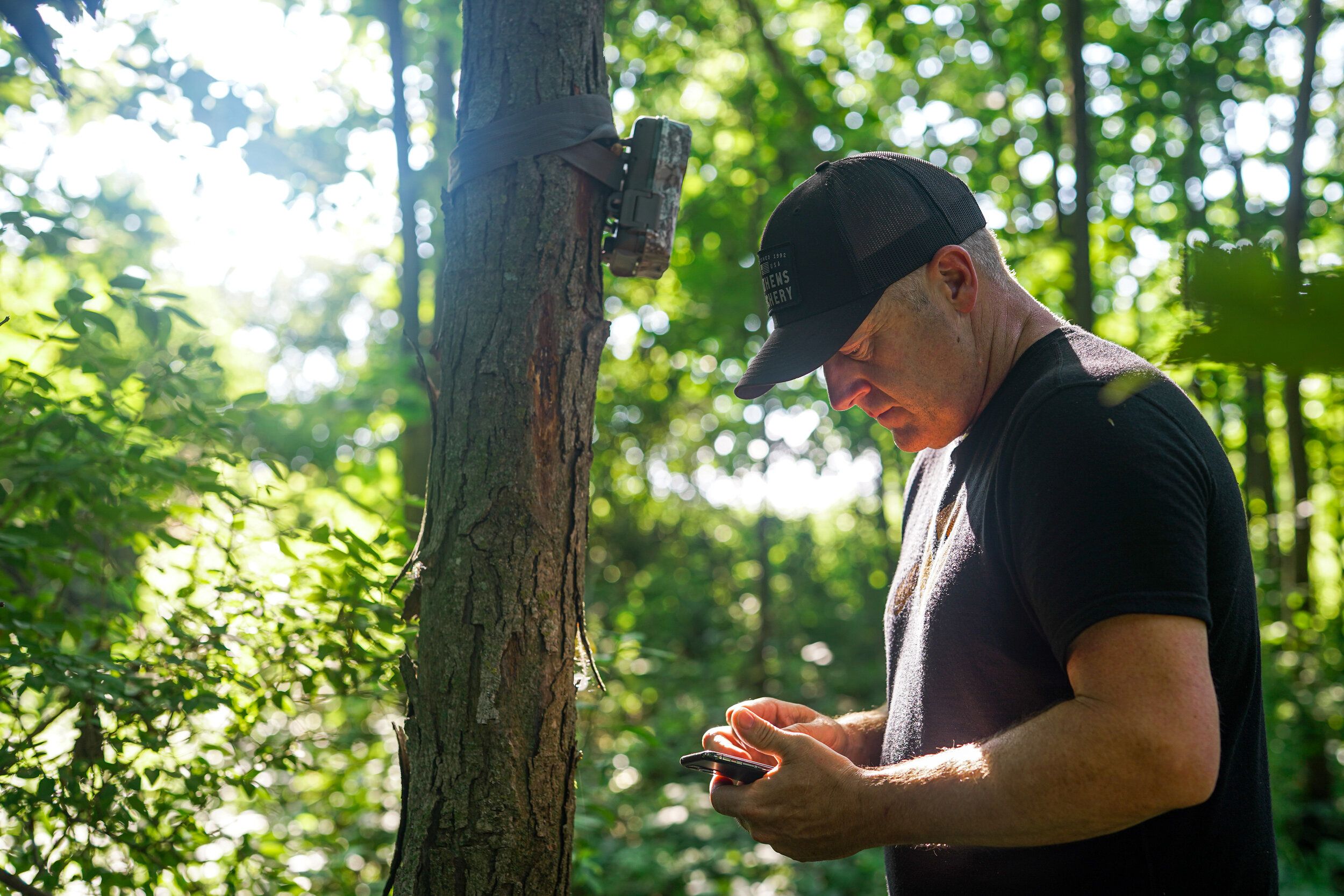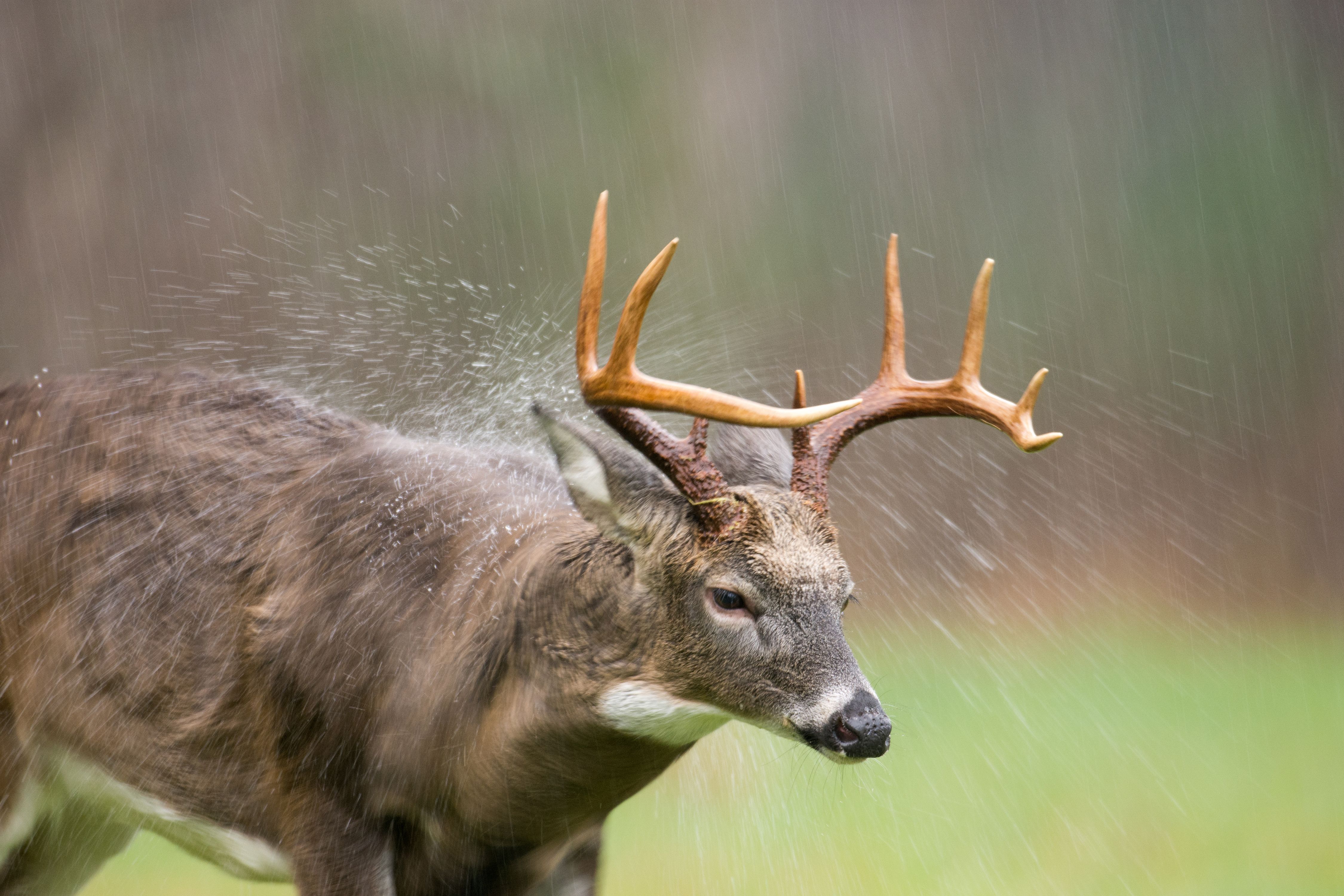Field Guide / Hunting Tips
How Barometric Pressure Affects Deer Movement (or Does it?)
It's only natural for us hunters to pay more attention to the weather as deer season approaches. From the sudden cloud coverage on a crisp fall day to the slight drizzle of snow you weren't expecting to the noisy wind shaking the trees, we are aware of every single change in the atmosphere.
Previous in Hunting Tips
More Content Like This
5 Spring Whitetail Habitat Tips for Every Hunter
From scouting to deer habitat activities to shooting your bow, there are some very important deer hunting and deer habitat activities that you need to accomplish in the spring.Read More
Read More
How To Tag Out During the Ohio Deer Season
The Ohio deer season presents subsistence hunters with the opportunity to take home a considerable amount of free-range, organic venison and tag out across several different hunting zones. However, while there's ample opportunity, this doesn't mean y...Read More
Read More
Pre Rut Hunting Tips: How to Attract Bucks
The chaos of the rut is right around the corner. As the woods fill with the colors of fall, it’s when the buck of a lifetime can come crashing through the brush in broad daylight. This is the time of year dreams are made of, and it’s what gets hunter...Read More
Read More Deer
Deer5 Spring Whitetail Habitat Tips for Every Hunter
From scouting to deer habitat activities to shooting your bow, there are some very important deer hunting and deer habitat activities that you need to accomplish in the spring.Read More
Read More Deer
DeerHow To Tag Out During the Ohio Deer Season
The Ohio deer season presents subsistence hunters with the opportunity to take home a considerable amount of free-range, organic venison and tag out across several different hunting zones. However, while there's ample opportunity, this doesn't mean y...Read More
Read More Deer
DeerPre Rut Hunting Tips: How to Attract Bucks
The chaos of the rut is right around the corner. As the woods fill with the colors of fall, it’s when the buck of a lifetime can come crashing through the brush in broad daylight. This is the time of year dreams are made of, and it’s what gets hunter...Read More
Read More
1 of 3
